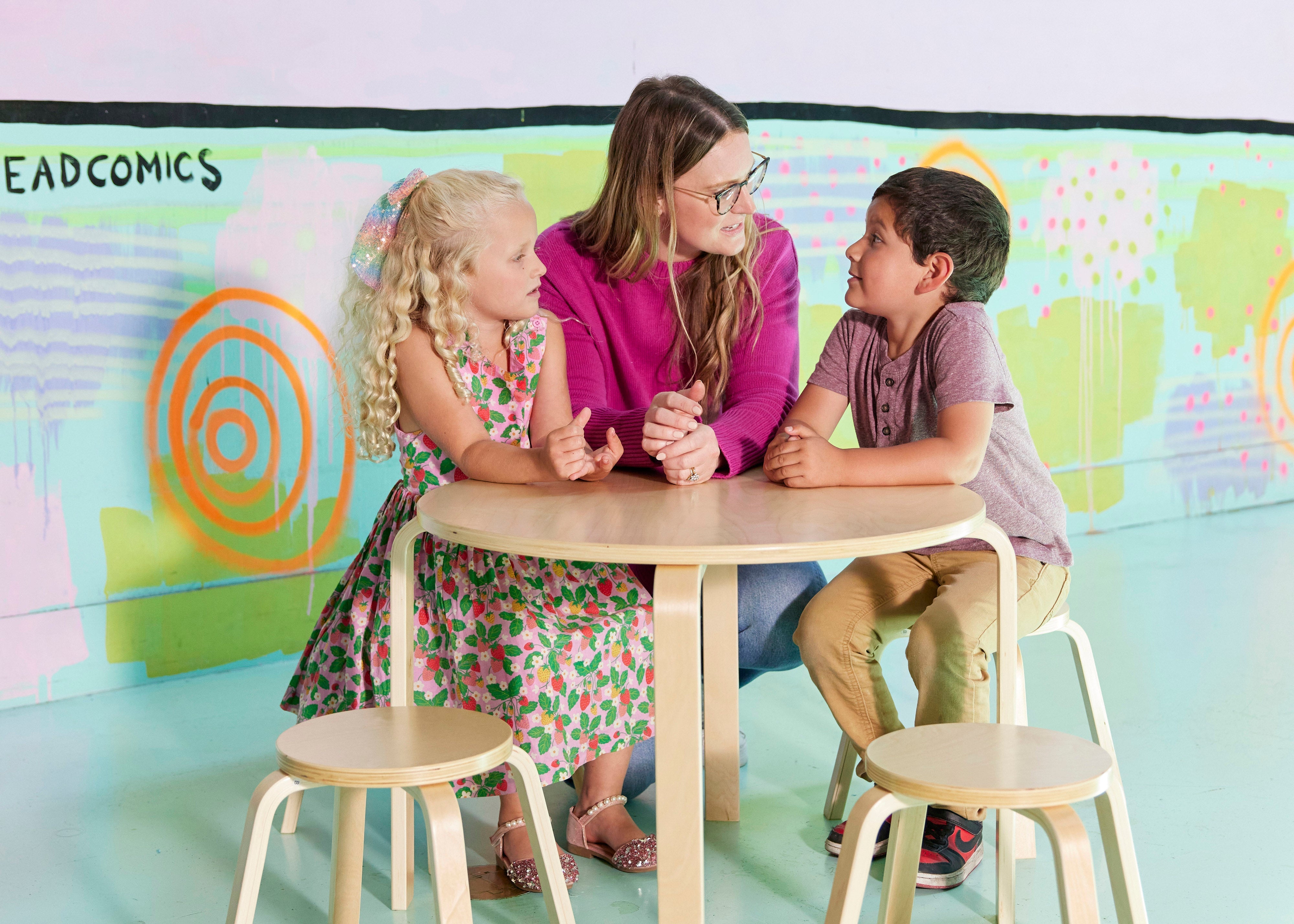As we celebrate Mental Health Awareness Month this May, it's the perfect time to explore how thoughtful classroom environments can positively impact our students' emotional wellbeing. Today's young people navigate a world of opportunities that can sometimes feel overwhelming, making intentional learning spaces more essential than ever for supporting their mental health journey.
Understanding that student wellbeing is fundamental to learning success, educators are increasingly discovering how evidence-based design choices can create spaces where children thrive emotionally and academically. Schools play a vital role in supporting students' emotional and social needs. A classroom that is welcoming, predictable, and flexible can help students feel more secure and ready to learn. Teachers play a crucial role in helping children learn how to manage stress, regulate emotions, and identify what they need to succeed. These skills are invaluable well beyond the classroom and into adulthood.
Thoughtful classroom design supports regulation and focus. Small changes in the classroom setup can have a big impact. Consider options like:
- Noise-canceling headphones: available when students need a very quiet environment
- Fidget tools: a non-distracting way to regulate or ground
- Sensory bins: provides calming sensory feedback
- Calming corners: with soft seating, cozy textures, and soothing items
- Flexible seating: offering options such as wobble stools, floor cushions, or rocker chairs
These tools give students options for how they engage, focus, and reset. Offering choice helps students tune into their needs and find strategies that work for them. Common classroom sounds, like ticking clocks or hallway noise, can be distressing for some. By observing these distractions and designing ways to counteract them, we can help students feel more in control and less overwhelmed.
Younger children learn self-regulation through modeling when trusted adults demonstrate how to identify triggers, express emotions, and use calming strategies. Taking deep breaths, a quick visit to the sensory bins, or using a fidget tool in the calming area can be successful tools. Creating these spaces and routines invites students to practice emotional awareness in a safe and supportive environment. I ask students to reflect on these questions:
- “What were you feeling in that moment?
- “What strategy did you use to feel better?
- “What can you do next time you feel this way?”
Encouraging a sense of belonging is essential to student well-being. Classrooms should include areas that invite collaboration with a variety of small tables, play centers, and meeting spaces. Spaces that naturally lead students to interact and play will promote connection and engagement, showing kids they are a valuable member of the classroom community. Ask students to bring in home items, art work, cultural items, and family pictures to display so that all feel represented in the classroom.
Giving students ownership over their environment builds confidence and helps them understand what supports their learning. Small acts can foster independence like choosing a seat that helps them concentrate or helping to set up the classroom space. Setting out mats for naptime, bringing out flexible seating, or discussing how students learn best can empower them to advocate for themselves.
As we observe Mental Health Awareness Month, it's important to remember that schools are the heart of the community. When we design classrooms with intention to support all learners, we create schools that are a place of connection and care where students can grow as whole people. Designing with student wellness in mind sends a clear message: you belong here, you are supported, you are safe, and your mental well-being matters.


